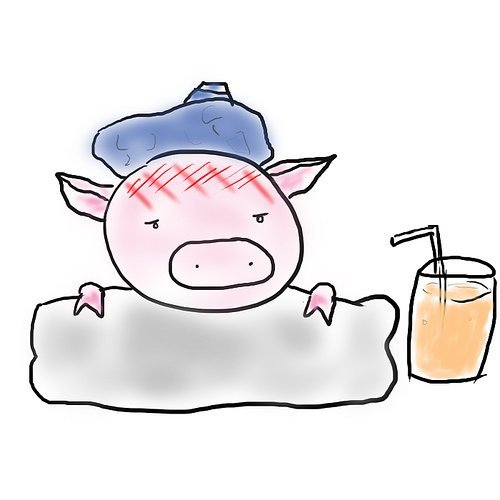If you are considering having breast augmentation surgery, consulting with the professionals at Baker Center for Plastic Surgery is an important step in choosing the appropriate type of implant for you. Doing research ahead of time and bringing in any questions or concerns is also important. The following pros and cons of silicone and saline can help you start that process:
Silicone
The silicone breast implant got a bad rap in the 1990s when it was discovered that up to 70 percent of implants began leaking after 10 years. The FDA quickly pulled the product off the market. Since then, the quality of silicone implants has vastly improved. Beginning in 2006, silicone implants became available again and have since become the favorite of both women and plastic surgeons. Why?
Silicone breast implants, also known as cohesive gel implants, are now designed with thicker, more durable shells that are resistant to leaking. Silicone also offers a much more natural look and feel compared to saline, because silicone more closely mimics fat. Other benefits include much less rippling of the overlaying skin and lower risk of developing scar tissue around the implant.
Saline
Saline is a popular choice among women who still aren’t comfortable with silicone. However, the irony is that saline implants are made with a silicone shell. While saline implants are firmer and do not have as natural a feel or appearance, they do have the benefit of not needing to be replaced unless they rupture or tear. Silicone, on the other hand, usually needs replacing sometime after 10 years. Another benefit of saline is the size of the implant can be adjusted by the surgeon during implantation, ensuring symmetry.
When choosing your implant type, keep in mind that cosmetic breast augmentation can only be done with saline implants on women aged 18 years and older, and silicone implants can only be used by women aged 22 years and older.

